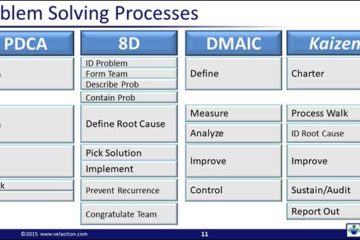Sensors
Sensors are mechanical devices that are sensitive to their environment, and that communicate information about what they detect. Sensors can detect pressure, temperature, speed, and a host of other things. Sensors are commonly linked to either an alarm of some sort (a buzzer when a seat belt is not fastened), or a poka yoke device (key won’t turn if the sensor notices that the car is not in park). The level of sophistication of sensors Read more…
